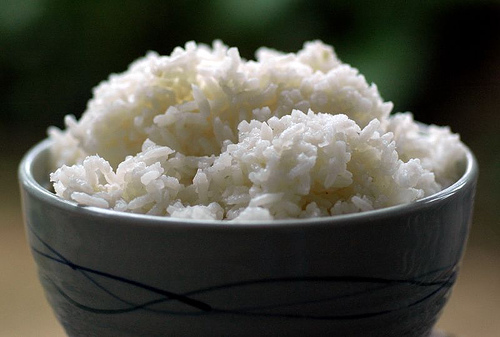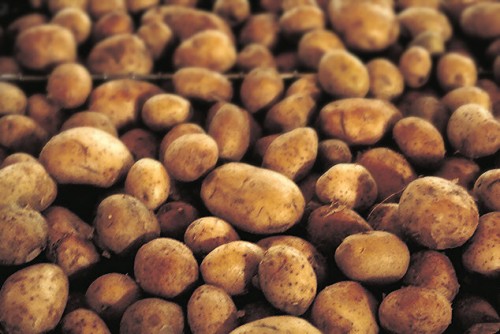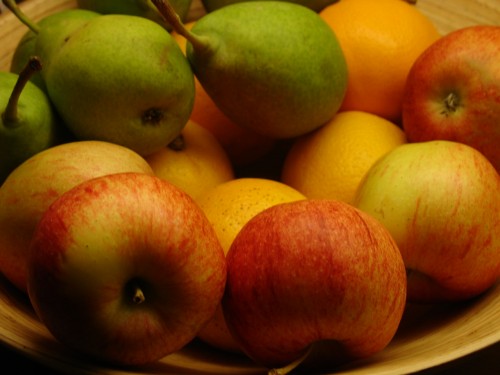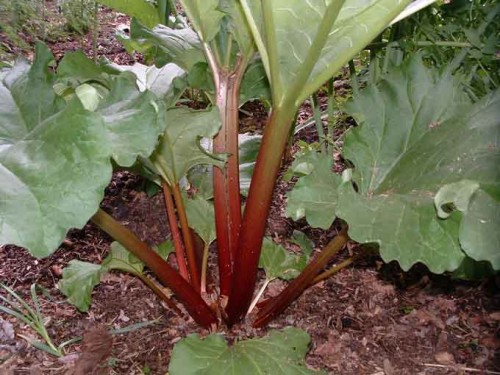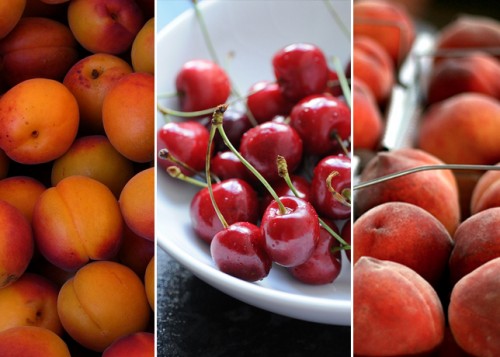Even though fruit like Cherries, Apples and Pears is great for your body, eating certain parts of them can be quite poisonous and even fatal, and surprisingly the same can be said about rice and potatoes.
Rice (Arsenic)
Rice contains arsenic, which is notoriously poisonous to multicellular life, although a few species of bacteria are able to use arsenic compounds as respiratory metabolites. Arsenic contamination of groundwater is a problem that affects millions of people across the world.
It can cause vomiting, abdominal pain, and vertigo when consumed in large quantities. The highest levels are found in brown rice, the lowest in instant rice. Consistent exposure to even low doses of arsenic over time can lead to heart disease and bladder cancer.
It would take about 50 grams of arsenic to kill the average person, which means it’s about 1800 cups of rice, eaten all in one sitting.
Potatoes (Solanine)
Solanine poisoning is primarily displayed by gastrointestinal and neurological disorders. Symptoms include nausea, diarrhea, vomiting, stomach cramps, burning of the throat, cardiac dysrhythmia, nightmare, headache and dizziness. In more severe cases, hallucinations, loss of sensation, paralysis, fever, jaundice, dilated pupils, hypothermia and death have been reported.
One study suggests that doses of 2 to 5 mg per kilogram of body weight can cause toxic symptoms, and doses of 3 to 6 mg per kilogram of body weight can be fatal. The compound is particularly concentrated in potatoes that have started to turn green, and especially when they’ve begun to sprout.
Apples and Pears (Cyanide)
The seeds inside these fruit contain compounds capable of turning into lethal cyanide when ingested. Those seeds would have to be mashed before the cyanide making compounds can take effect. You’d need about 100 grams of the pips to take out a 150-pound person. It comes to about 25 apple cores one would have to eat in one sitting.
Cyanide poisoning is a form of histotoxic hypoxia because the cells of an organism are unable to use oxygen, primarily through the inhibition of cytochrome c oxidase. Exposure to lower levels of cyanide over a long period results in increased blood cyanide levels, which can result in weakness and a variety of symptoms, including permanent paralysis, nervous lesions, hypothyroidism, mild liver kidney damage and miscarriages.
Rhubarb (Oxalic Acid)
The plant’s leaves contain oxalic acid, a chemical that’s also used in household bleach and anti-rust products. Eating the leaves can cause burning sensation inside the mouth and throat, nausea, vomiting, convulsions, and even death.
Cooking the leaves won’t get rid of the acid. However, it would take eating around 10 pounds of this in order to show the symptoms. Oxalic acid has toxic effects through contact to the skin as well.
Cherries, Plums, Apricots, Peaches (More Cyanide)
Just like apples and pears, the pits are the dangerous part. Swallowing one whole is rarely poisonous, but eating a broken pit causes the compounds that can create cyanide in our body to be released.
Unlike the other dangers listed above, ingesting just one or two freshly crushed pits can lead to death.
For a more postivie take on food, check out these deliciously geeky foods,or these tasty ways to use food in marriage proposals.

